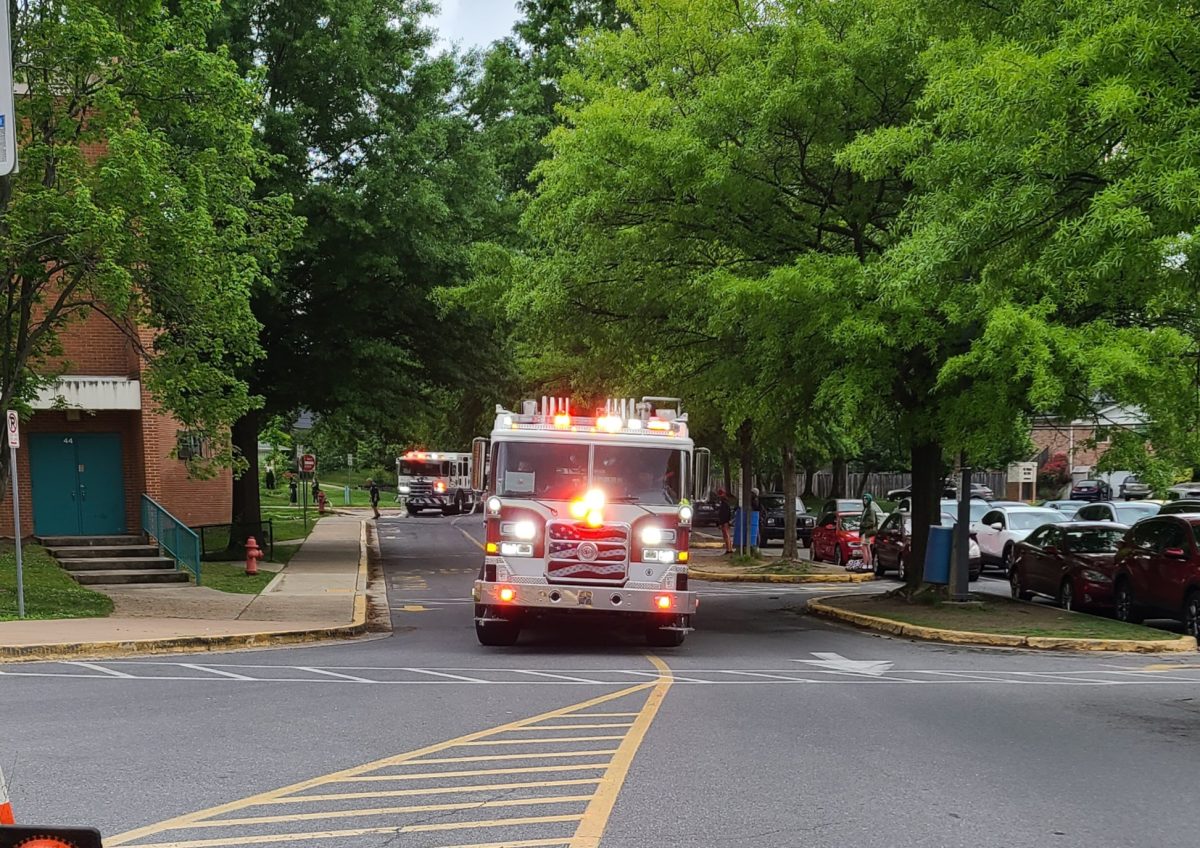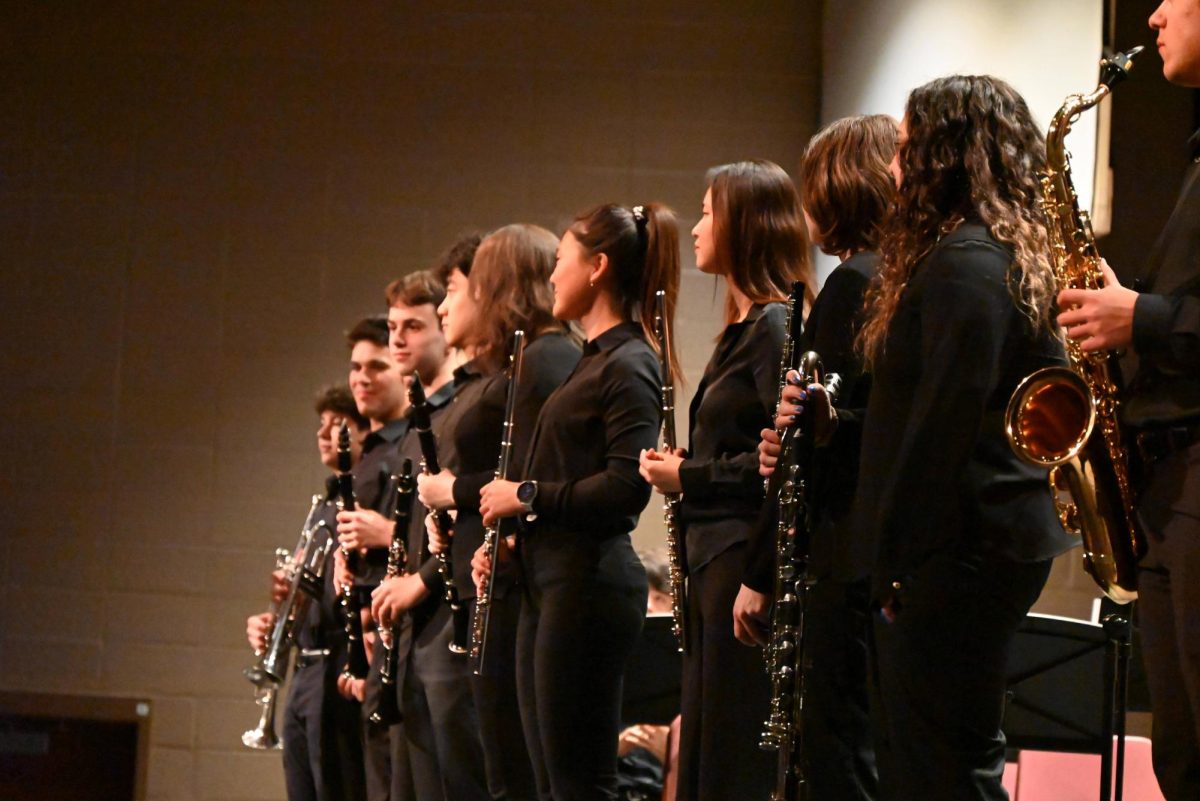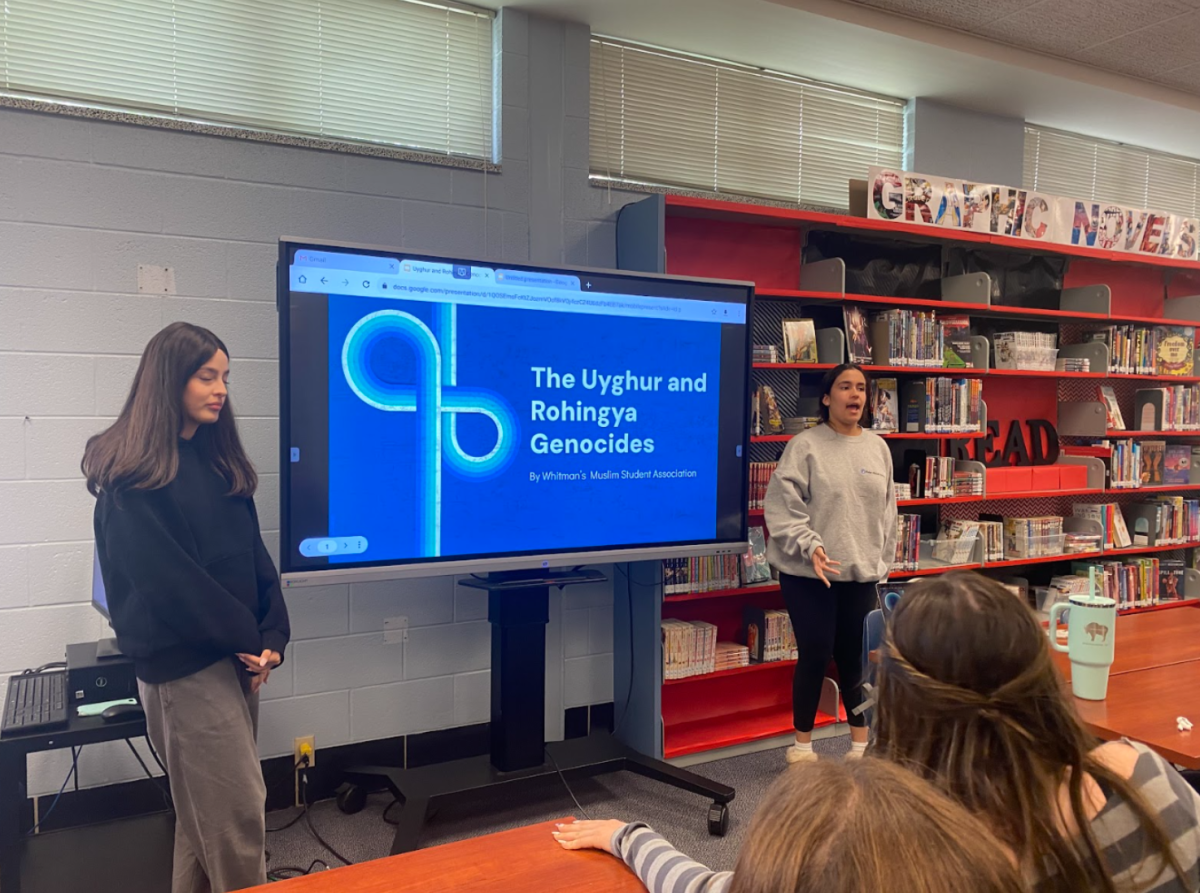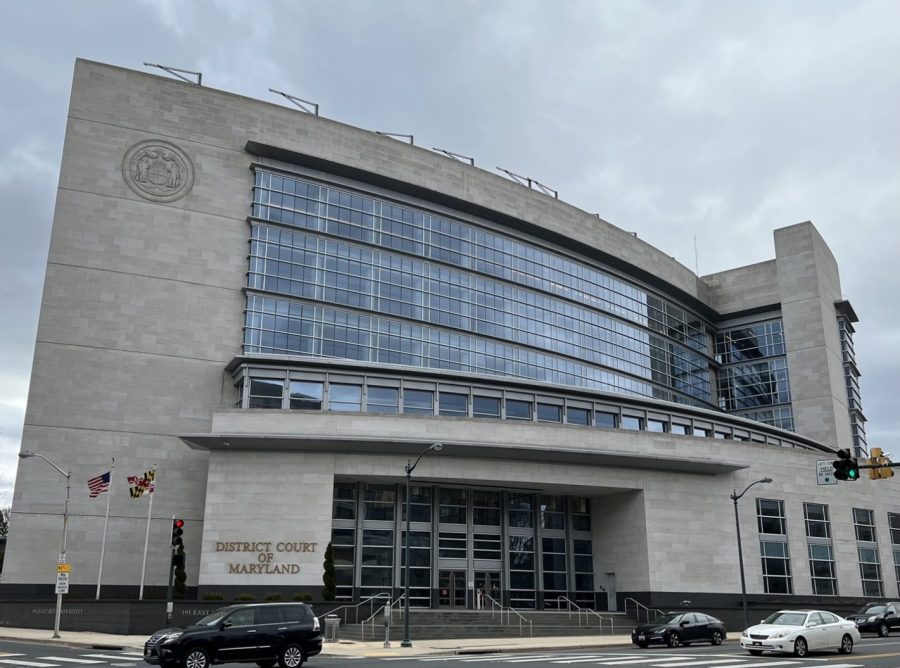In the six years that English teacher Prudence Crewdson has taught in room B214, the heating and cooling unit has never worked properly. In December, the temperature in her classroom dropped to almost as cold as outside—some days around 40 degrees—until she had to temporarily move her class to another location.
In the past few months, students have had to carefully choose their clothing in the mornings: it’s not uncommon for one classroom to feel like the arctic and the neighboring room to maintain a sweltering heat.
County schools have been plagued by more heating and cooling system machinery problems this winter than usual. MCPS staff submitted about 20 percent more machinery work requests than last year due to the extreme cold temperatures experienced throughout the county, said Sean Gallagher of the department of facilities management.
The county’s equipment was not designed to operate efficiently in extremely cold weather, making it difficult to maintain temperatures. Whitman’s heating and cooling system circulates hot and cold water throughout the building, with a boiler and a chiller in the building for each respective task, said Lou Stavely Jr., a supervisor at the Bethesda branch of the county maintenance depot.
Moving cold and hot water through 22-year-old pipes can be more complicated that it might seem, principal Alan Goodwin said.
“It’s all operated by water. The water will get to a valve that’ll be stuck and can’t move through. If it can’t move past there, then one room’s really cold and the next room is really warm because it has the hot water,” he said.
A working system should maintain temperatures within two degrees of the official set-points—70 degrees for heating and 76 degrees for air conditioning—with some variations, Gallagher said.
In addition to complications from the sub-freezing temperatures, most systems are original from the schools’ constructions and have simply been repaired over and over again, which results in various problems, Goodwin said.
Heating and cooling systems throughout MCPS are generally less than 30 years old and aren’t replaced until the building is renovated or reconstructed. Replacing a typical high school system costs between $8 and $9 million and only happens when something is seriously wrong with the unit or repair parts are unavailable, two MCPS officials said in email interviews.
The other main issue is the thermostats—many are broken—and they sometimes break within a month of replacement, Goodwin said.
Oversight of heating and cooling systems is complicated. Building Services, Bethesda Maintenance Depot and Energy Maintenance all handle system issues. However, they are all responsible for different aspects of maintaining maintenance and that can cause conflicts.
“Sometimes, Bethesda Maintenance will come in and they’ll say it’s an Energy Management issue. Energy Management will say, ‘no it’s a Maintenance issue.’ Sometimes you have to get both people in the building to determine what it is,” Goodwin said.
Building Services’ main role is assessing the issue before determining which party should be notified of the problem. Julien Po, Whitman’s plant equipment operator, does everything he can to fix the issue before passing it off to maintenance or management.
Students and teachers typically try to turn the individual blower units on and off by manipulating them with scissors or pressing buttons, but Po comes into the classrooms to “do it the mechanical way,” Goodwin said.
Ultimately, malfunctioning systems mean students and teachers have to sit through the heat or cold, depending on the classroom.
“If it’s either too hot or too cold, kids can’t concentrate because they’re thinking about the temperature,” English teacher Ashley Houghton said. “And if it’s too hot, kids get sleepy. It distracts.”
The issue is like a game of whack-a-mole, Goodwin said. One issue is solved and then another problem pops up.
“I’m supposed to be the instructional leader in this school but a lot of times I have to get involved and make phone calls because I get frustrated,” he said. “But when it’s 30 degrees, what do you do? It’s just a mess. Everybody wants the building running well.”














